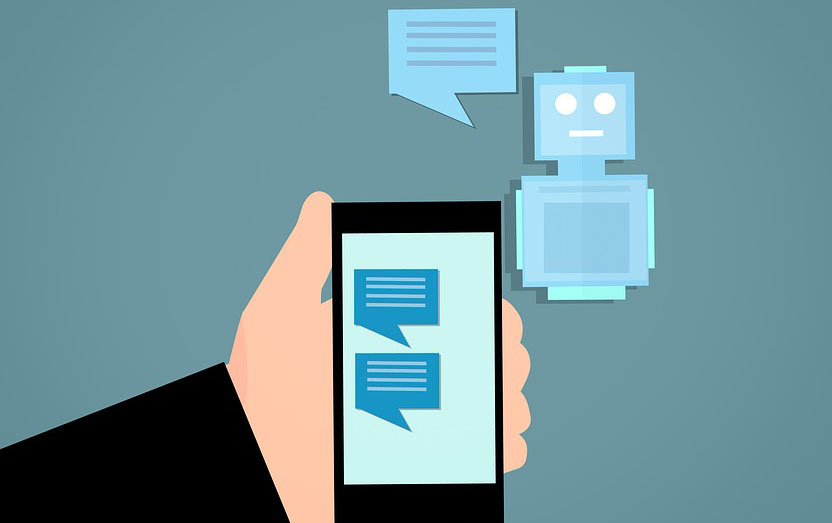Artificial intelligence is advancing quickly and customer service technology along with it. More and more companies are
choosing to assist customers with the AI equivalent: chatbots.
Chatbots are attractive to companies for obvious reasons. They are significantly cheaper than their human counterparts and are available 24/7. After all, call center employees are "only human.”
But how do consumers feel about this rapid change in customer service? Could the switch from humans to chatbots test the loyalty of current customers, or repel the interest of potential customers? How much chatbot is too much for the typical consumer?
Current research has found that about half the population prefers talking to a human when seeking customer service. We can rightly conclude that people are open to the chatbot transition, but how can we cater to the full population? How can companies pick up the slack where chatbots are falling short, to make them more appealing to customers as the default?
Where Chatbots Are Failing Customers
The transition to chatbot ubiquity is already well underway. AI applications that give us sales recommendations and perform insurance underwriting, as well as Apple's Siri and Amazon's Alexa, are already a part of daily life for many people. In fact, Gartner has
predicted that chatbots will power 85% of all customer service interactions by the year 2020, contributing to billions in savings for companies.
But how do companies win over the half of the population that can’t be served by chatbots?
One recent survey found that half of customers thought that chatbots wouldn't be able to correctly identify what they were looking for when they called in with a question.
See also: Chatbots and the Future of Interaction
One Forbes article, "
Will AI Replace Humans in the Customer Service Industry?" placed customer needs on a spectrum of emotion and urgency. If a customer feels that something very important is at stake, or is unhappy with the service provided, the customer wants to be understood by someone showing empathy, something that chatbots can't provide.
Bridging the Emotional Gap
Chatbots may not be the definitive answer for improving the customer experience. That doesn’t mean that companies should abandon chatbots, but they should not be positioned as a “catch-all solution” and require a proper fallback to a real conversation where a company representative can help the customer.
It’s important that companies bridge the gap between chatbots and humans. Companies will require “visual engagement technology” that will really help them understand their customer problems and allow them to help their customers in a collaborative way. One such technology that many companies are using to understand their customers’ needs, connect emotionally and increase trust during customer service interactions is co-browsing. Co-browsing enables agents to remotely assist customers in real time. In the case of customer support, the agent can co-browse simultaneously with customers who need assistance on any web application. Co-browsing allows the agent to see what the customer sees and guide the customer through complex forms in real time. This helps to reduce frustration and friction during high-value purchases.
See also: Chatbots and Agents: The Dynamic Duo
Consider this scenario: Let’s say a customer is driving on a roadway when his car strikes a large object. He realizes that his car was damaged. The customer doesn’t know if his insurance policy will cover the damage. If a chatbot cannot resolve a customer’s issue or the chatbot notices frustration, the chatbot interaction can be upgraded to a co-browsing session with a human in seconds. This will allow agent to quickly diagnose the issue and guide the customer smoothly through complex claims forms. When an agent hops on a co-browsing session with a customer, the agent gains the right insights to deliver contextual support. This reduces the time it takes the agent to diagnose the issue, resulting in lower handle time and ensuring customer satisfaction.
Conclusion
Lack of empathy is really at the heart of skepticism surrounding chatbots. Companies fail to embrace chatbots, because they focus too much on the technology and don’t clearly define their purpose. Research shows that customers are comfortable using chatbots if they feel that they will receive trusted support. Companies looking to personalize their customer experience must understand both the benefits and limits of chatbots. They require a lot of resources. Having a successful AI customer service program depends on having a blended approach. Humans will always play a role in the optimization of chatbots. Consider using
visual engagement technology to ensure that customers with high-emotion scenarios will be met with human empathy and understanding.


